17 Commonly Confused Things and How They’re Actually Different
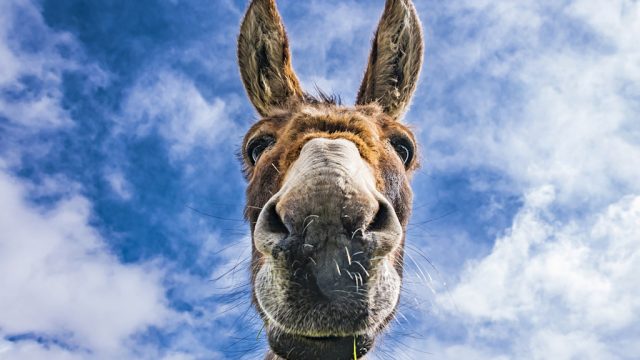
There are so many things out there that have multiple names within the English language that it’s pretty easy to get mixed up. Soda, for instance, is sometimes referred to by different people as pop or coke, depending on where they’re from. However, as much as we would like to think every name we’re using interchangeably is correct, that’s not always the case. While many people think jam and jelly are synonymous, for example, these fruity spreads are actually different. The same holds true for shrimp and prawns—nope, they’re not the same. So for all the commonly confused things you’ve been getting wrong, we’re here to explain the real differences.
1
Shrimp vs. Prawn
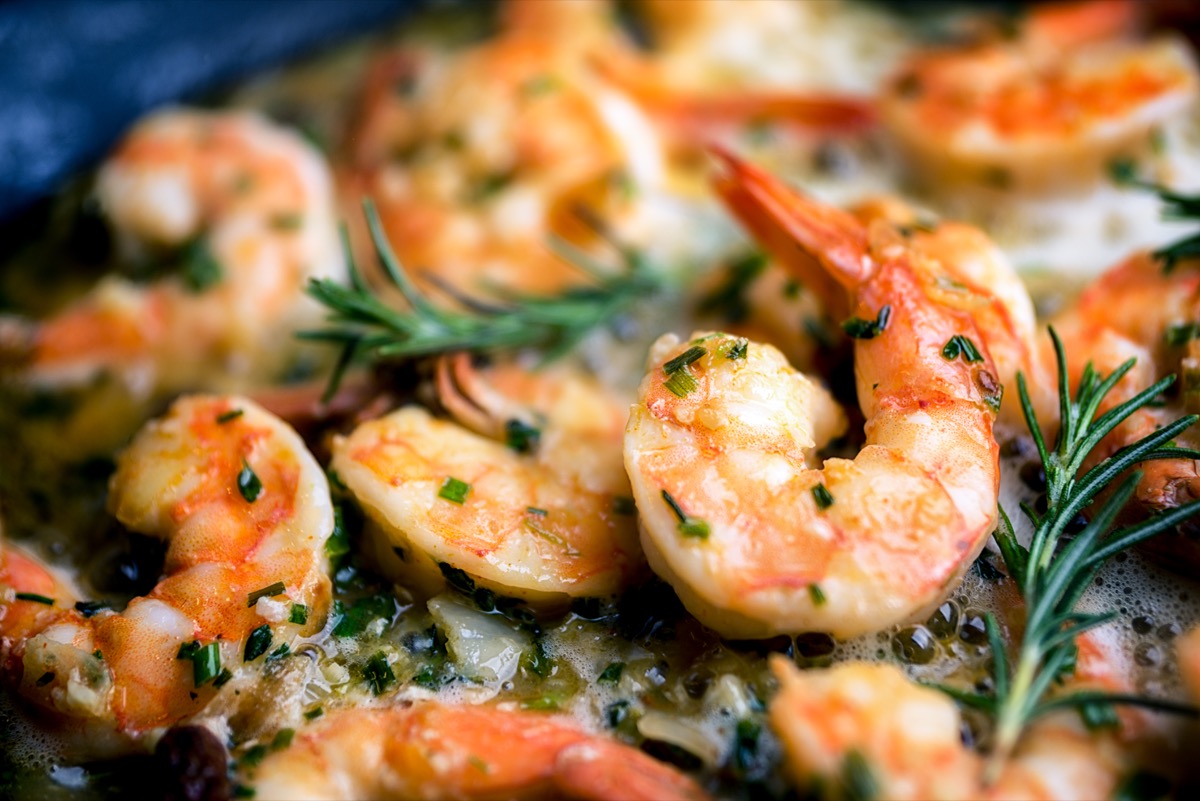
Many people assume that shrimp and prawns are the same thing, just called different things in different countries. Or they think they’re closely related, one being a smaller version of the other. However, these crustaceans are actually completely different creatures. According to Eater, they’re both decapods—meaning they have external skeletons and 10 legs—but that’s all they have in common. Not only do they differ in gills, claws, pincers, and body structure, but they also live in different habitats. Prawns live in fresh water, while most shrimp come from salt water. However, if you are going to eat one of these crustaceans, you can rest assured that they do, in fact, taste quite similar.
2
Great Britain vs. the United Kingdom

Most people know where Great Britain and the United Kingdom are in Europe, encompassing countries like England and Scotland. However, these terms are not actually synonymous. According to Encyclopædia Britannica, Great Britain is a part of the United Kingdom, but only includes England, Scotland, and Wales. The United Kingdom, on the other hand, encompasses four countries: the three that make up Great Britain, as well as Northern Ireland.
3
Alligator vs. Crocodile
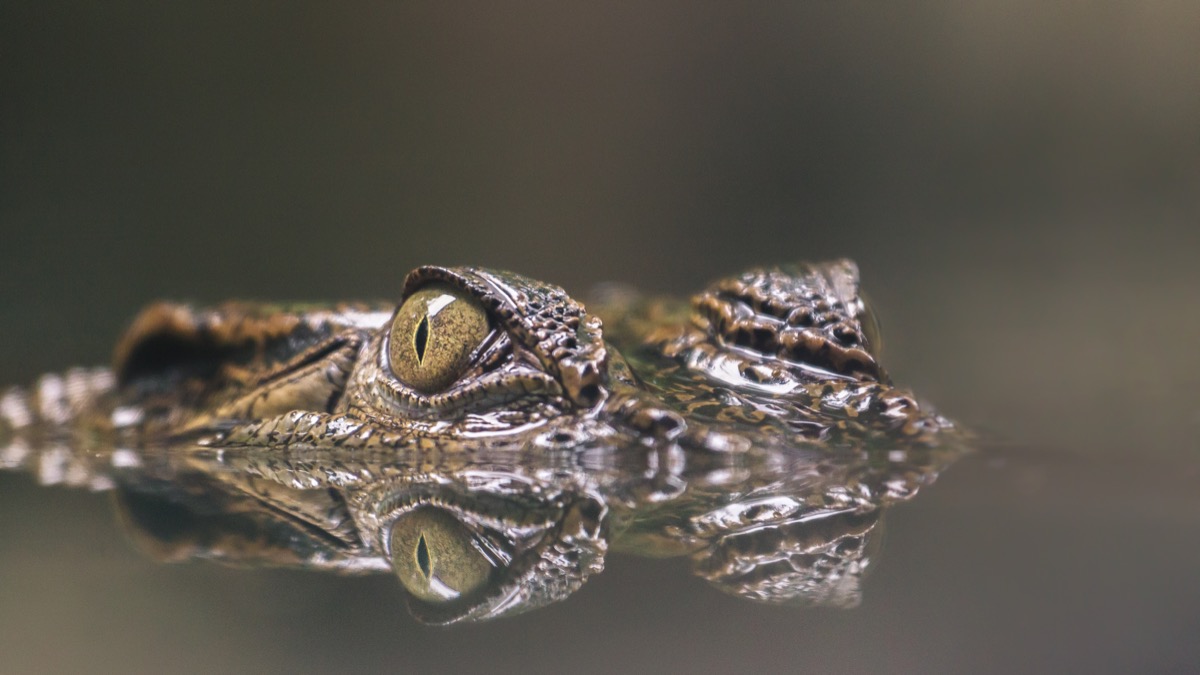
See ya later, alligator! You may think you can substitute “crocodile” in that saying, but not only does that not rhyme—they’re also two different creatures. The confusion between alligators and crocodiles is understandable. After all, they’re close reptile relatives and share some physical similarities. But there are key differences between the two. As Jeanna Bryner writes for Live Science, their main physical difference is in the snout: Alligator snouts are wider and more U-shaped, while crocodiles have pointed, V-shaped snouts. And in terms of habitats, crocodiles tend to live in salt water, while alligators are commonly found in freshwater marshes and lakes.
4
Jam vs. Jelly
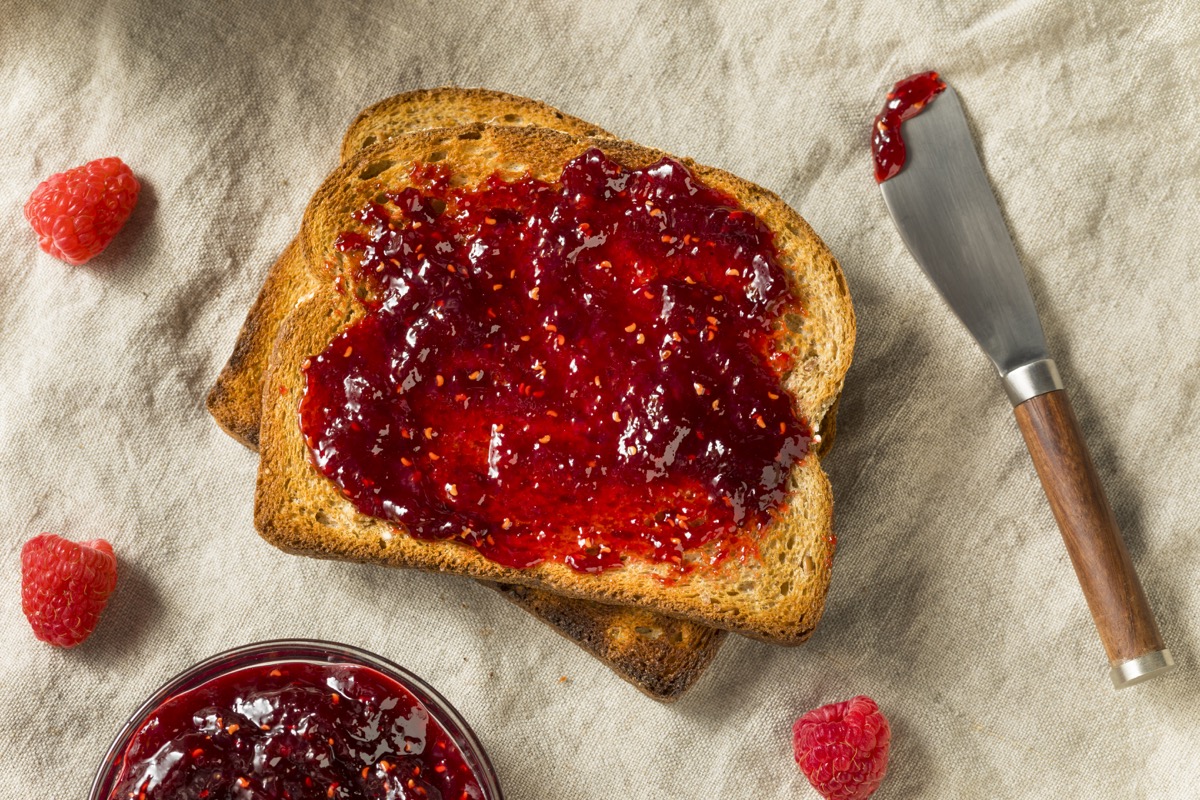
You can spread both jam and jelly on your toast, but you’ll be spreading two different condiments. If you’re looking for the perfect medium between pieces of fruit and juice, according to Bon Appétit, you’re looking for jam. It’s a bit chunky, consisting of chopped or pureed fruit cooked with sugar, but not as chunky as say, a preserve. However, if you want no actual fruit pieces in your spread, you want jelly. Jelly is cooked fruit that’s been strained so it only includes the juice.
5
Mule vs. Donkey
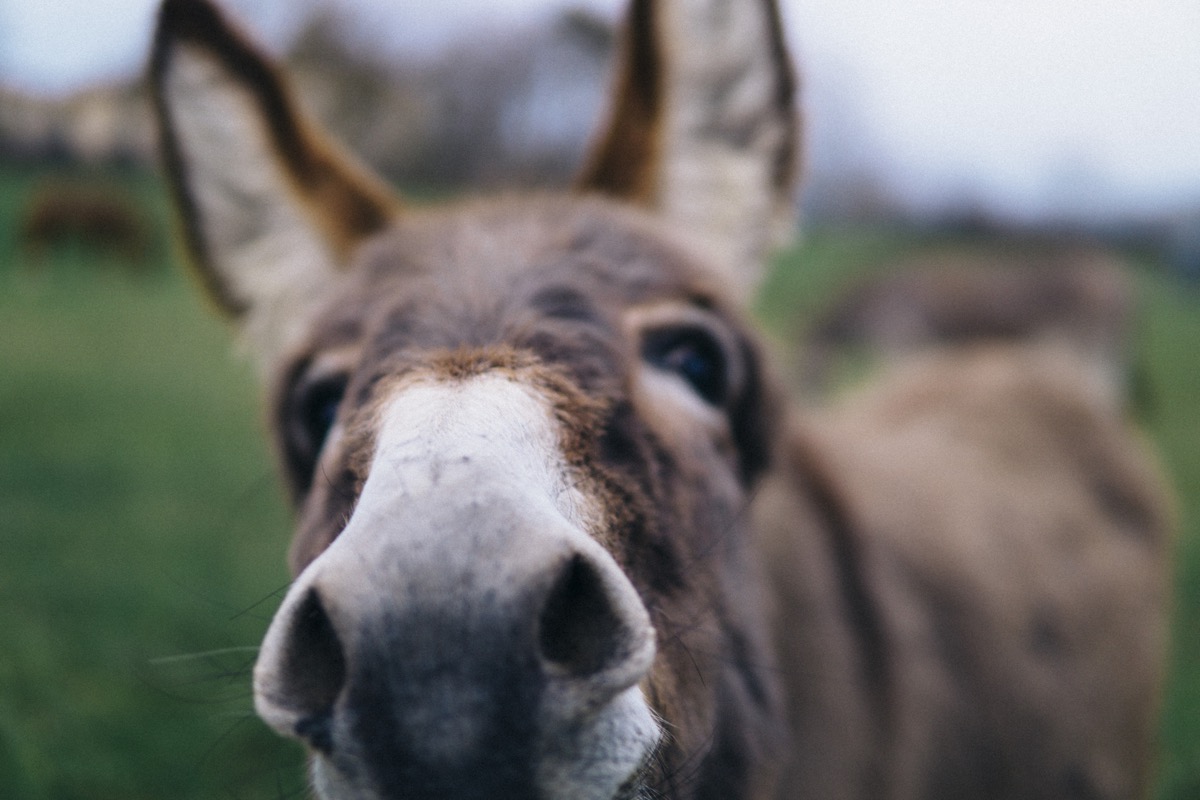
Donkeys, mules, and horses exist in the same family, but while it’s easy enough to tell horses apart from the rest, most untrained eyes have a hard time differentiating between mules and donkeys—so much so that many people assume they’re the same animal. However, while donkeys exist as their own species, mules are a hybrid animal. A mule is the offspring of a female horse and male donkey.
6
Venomous vs. Poisonous
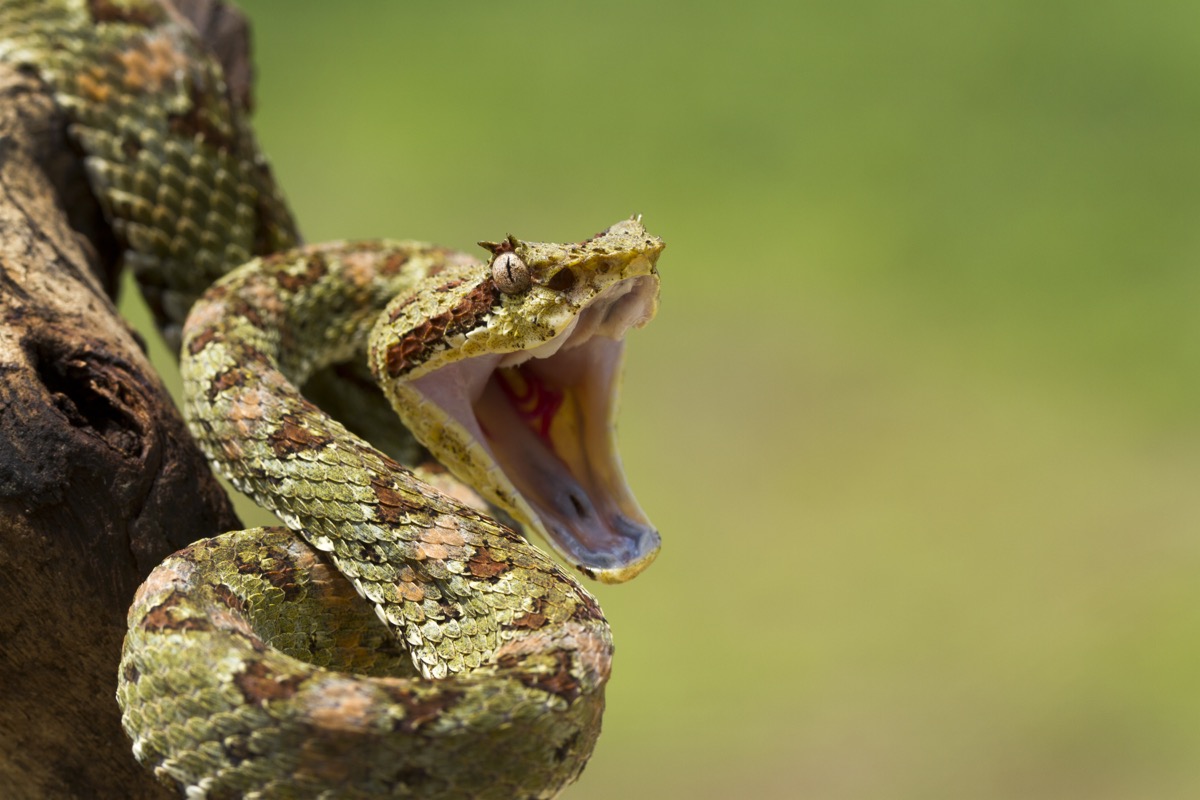
If you’re dealing with a dangerous snake, you’ve probably asked yourself: Is this creature poisonous or venomous? And you most likely think those two words mean the same thing. However, animals are usually poisonous or venomous, not both. According to National Geographic, the term venomous applies to creatures that actively bite or sting others to inject their toxins. Poisonous, on the other hand, applies to creatures that passively release toxins when you eat them or touch them. So most dangerous snakes are actually venomous, not poisonous. Many amphibians, like frogs or toads, are poisonous, however, because they carry around dangerous toxins in their skin.
7
Concrete vs. Cement

While this may be an area of expertise for homebuilders or construction workers, the average person probably doesn’t realize that concrete and cement are different things. According to Bob Vila, there is cement in concrete, which is why the two are often confused. Cement on its own is a binding agent made from calcium and materials like limestone and clay. Concrete is made from blending cement with water to create a paste, and then combining that paste with aggregates like gravel and sand. And that’s what makes concrete more durable—think of cement as the milk to concrete’s ice cream.
8
Stuffing vs. Dressing
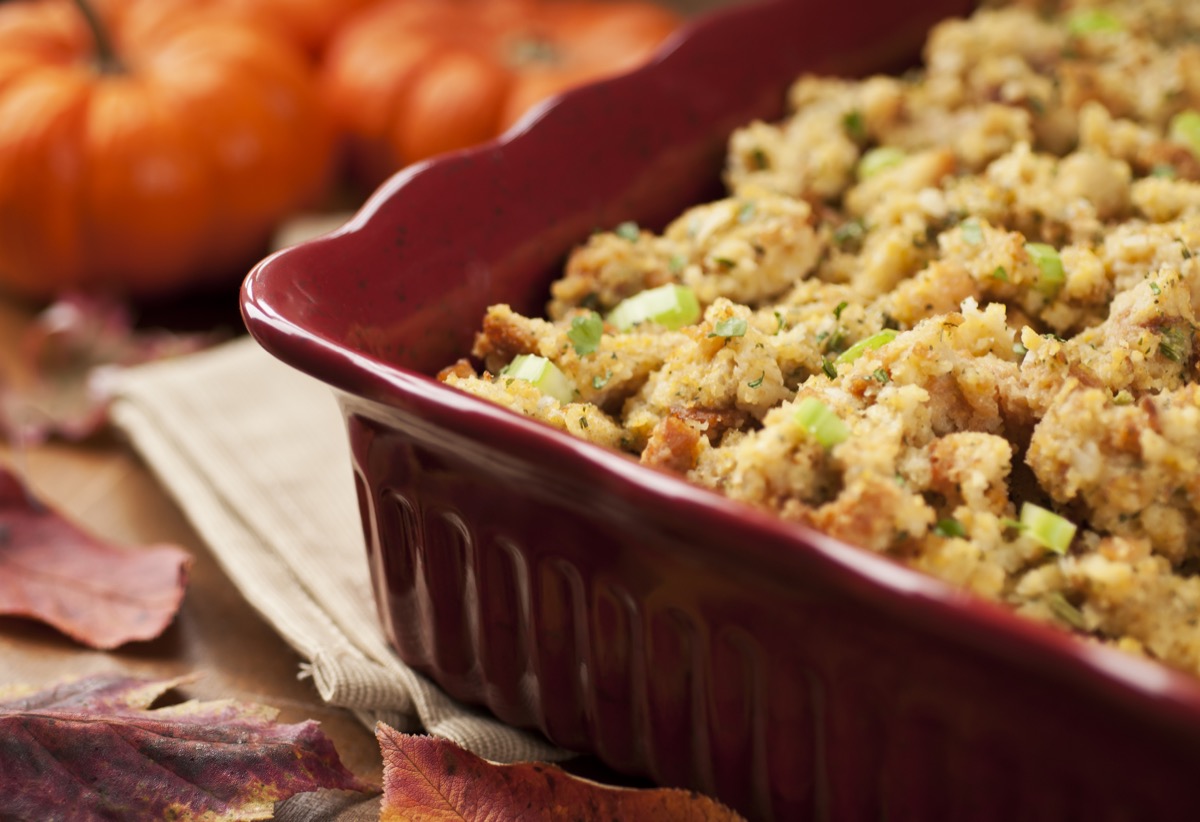
If you’ve been using the words “stuffing” and “dressing” interchangeably, you’re definitely not alone. This argument is one heard around many Thanksgiving tables. As Michelle Darrisaw writes for Food & Wine, the main difference has to do with how the two dishes are cooked. Stuffing is, well, stuffed inside the turkey before cooking, and dressing is cooked separately in a dish.
9
Jail vs. Prison

If you ever find yourself behind bars, it’s probably within the confines of a jail. And while many people use “jail” and “prison” as synonymous terms, they are two different forms of confinement. According to HG Legal Resources, one of the main differences is the amount of time you spend in either place. For short-term stays, it’s typically a jail, while longer sentences usually involve a prison. Jails are operated by local law enforcement and are usually designed to hold inmates “awaiting trial or serving a short sentence.” Prisons, however, are operated by either a state or federal government and are usually used to hold those “convicted of more serious crimes,” offering different levels of custody from minimum to maximum security, as well as solitary confinement.
10
Jealousy vs. Envy

Jealousy and envy may seem like similar concepts and are often used interchangeably, but they actually differ in a large way. If you’re jealous of someone or something, that usually means you’re afraid that something you “already possess is threatened by a third” source, according to Richard Smith, PhD, at Psychology Today. Meanwhile, if you have envy, that occurs when you “lack a desired attribute” someone else has. To make it a little more understandable, think of envy as a typical “two-person situation,” while jealousy usually involves three or more people.
11
Turtle vs. Tortoise
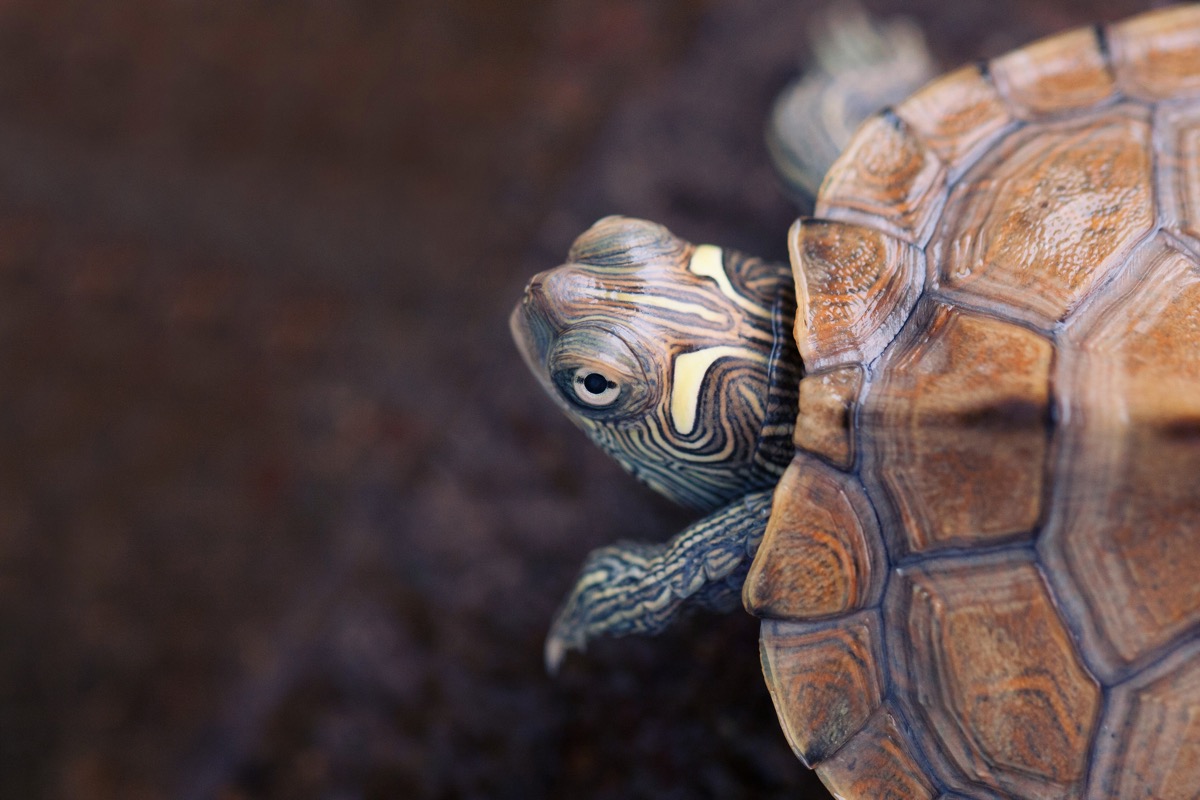
You’re probably calling any shell-based reptile a “turtle,” but there is a distinction between turtles and tortoises. As the Nashville Zoo explains it, all tortoises are turtles, but not all turtles are tortoises. Tortoises have rounded, domed shells, and unlike other turtles, they spend most of their lives on land. To make it easier to survive on land, tortoises have club-like forelegs and “elephantine” hind legs that help them move around, which often makes them larger and heavier than your average turtle. A regular turtle, however, has more webbed feet to make living in water easier.
12
Butter vs. Margarine
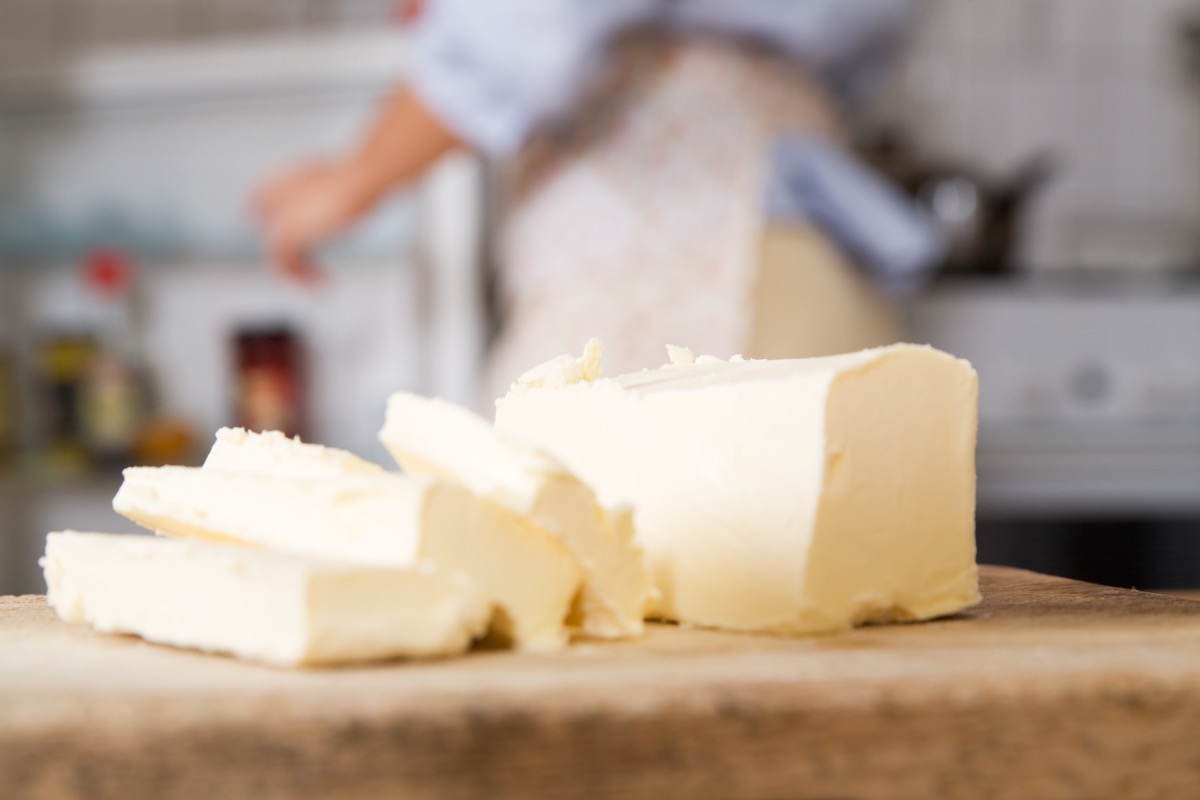
While substituting butter for margarine in a recipe (or vice versa) normally isn’t going to make a huge difference, they are vastly different in their makeup. As Kelli Foster writes for The Kitchn, butter is a dairy product made from churning milk or cream and typically is at least 80 percent animal fat. Margarine, on the other hand, is for the most part not dairy. Its primary ingredients include “vegetable oil, water, salt, and emulsifiers,” while some margarines also include milk. And because its main component is vegetable oil, margarine doesn’t have the cholesterol and saturated fat found in butter.
13
Champagne vs. Sparkling Wine
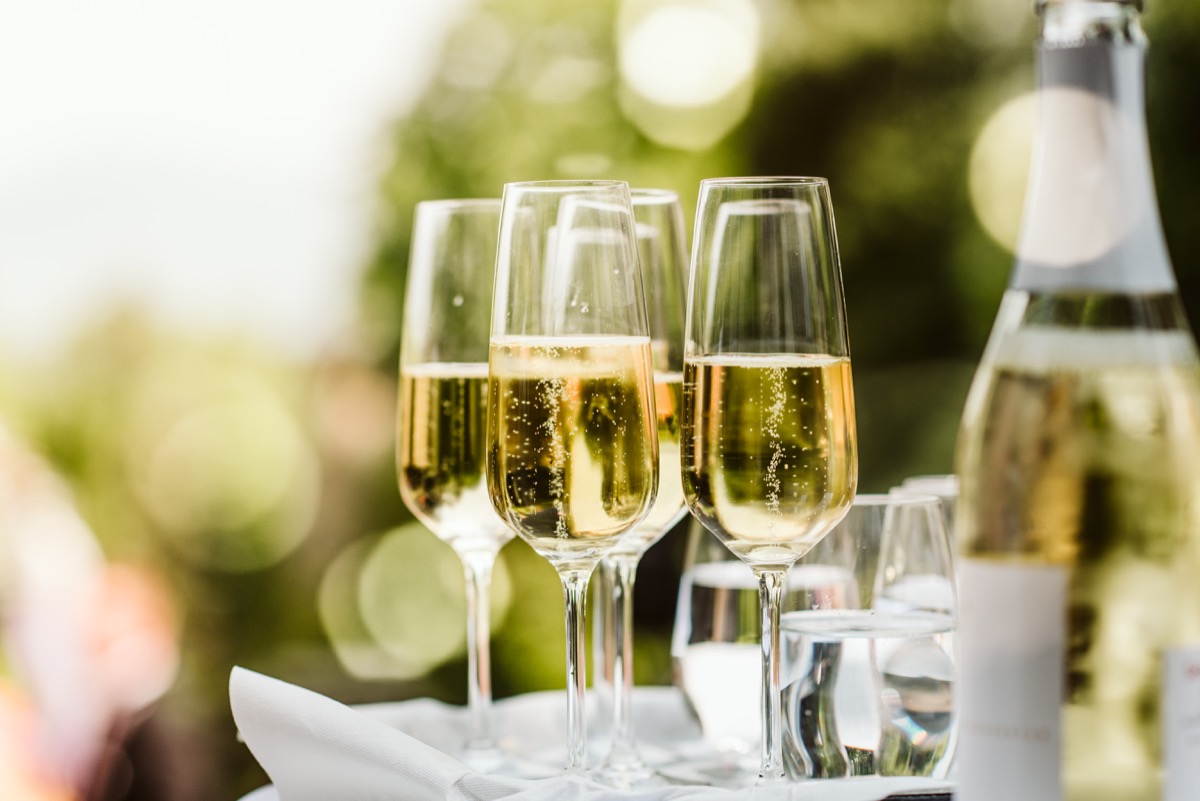
While they both have the signature bubbles, the difference between champagne and sparkling wine is as straightforward as it gets. It’s all about where it’s made! According to Wine Country, a bottle can only be legally labeled “champagne” if it was grown, fermented, and bottled in the region of Champagne, France. Anything else is simply sparkling wine, even if it’s made from the exact same grapes champagne is.
14
Inflammable vs. Nonflammable

Many people try to use the terms “inflammable” and “nonflammable” interchangeably, but they are actually the complete opposite of each other. If something is nonflammable, it means it’s not easily set on fire. And most people would assume inflammable means the same, but according to Merriam-Webster, it actually means “capable of being easily ignited and of burning quickly.” So, big difference!
15
Weather vs. Climate

While you may confuse these two, you should think of weather as a short-term thing that happens every day and climate as a longer concept. For instance, if it’s raining outside, you could say the weather in your area right now is rainy. Climate, however, describes “what the weather is like over a long period of time in a specific area,” according to the National Centers for Environmental Information. This is most likely indicated by what temperatures are typical in that area during different seasons, like how Australia has warm Decembers while most of North America is typically cold at the same time.
16
Opossum vs. Possum
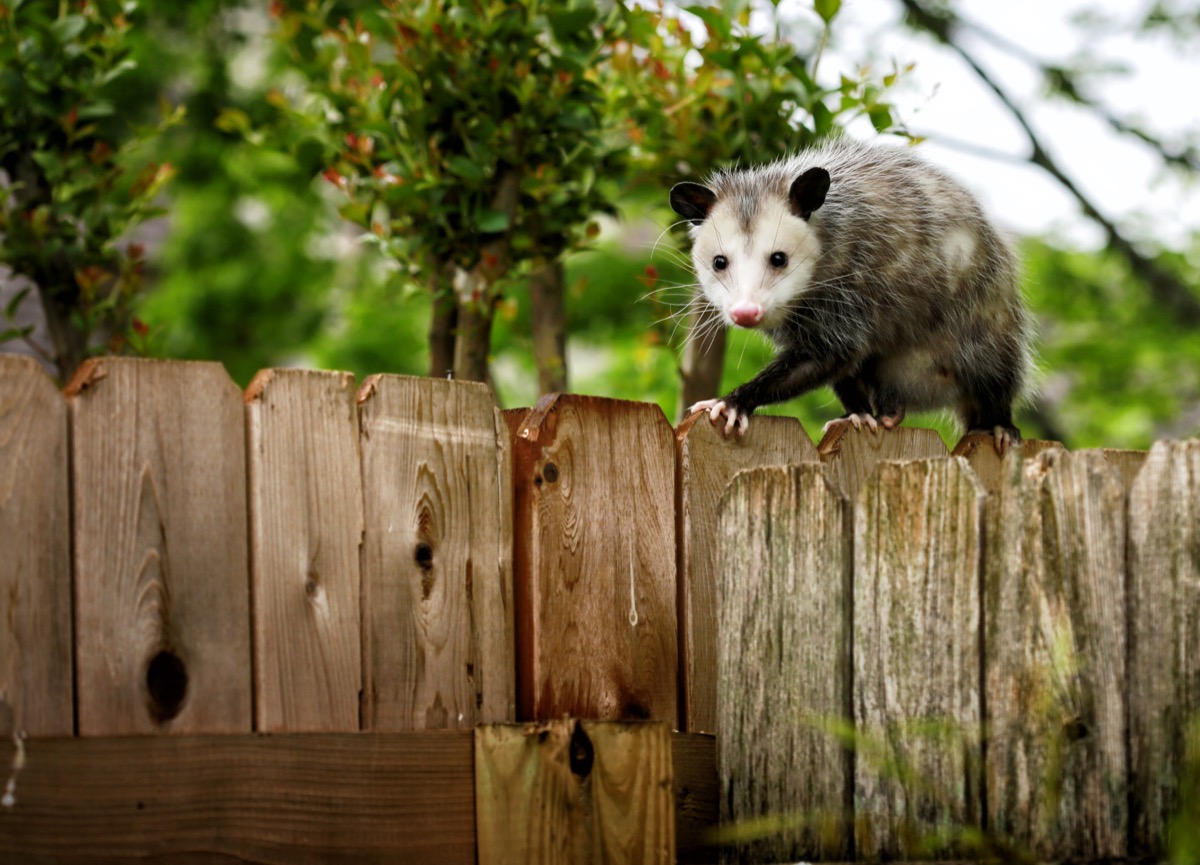
Perhaps you assume “possum” is just a shorthand way of saying “opossum,” but surprisingly, these are different animals. If you’re in North America, the pros at Pest Strategies explain that you’re probably dealing with an opossum. Possums, however, are native to Australia. And while they’re both marsupials, Australian possums are round, with thick fur that is often golden in color—making them look more cuddly. The North American opossum instead has stark black eyes with jagged teeth and a sharp, pointed face. So, way less cuddly looking over here.
17
Crow vs. Raven
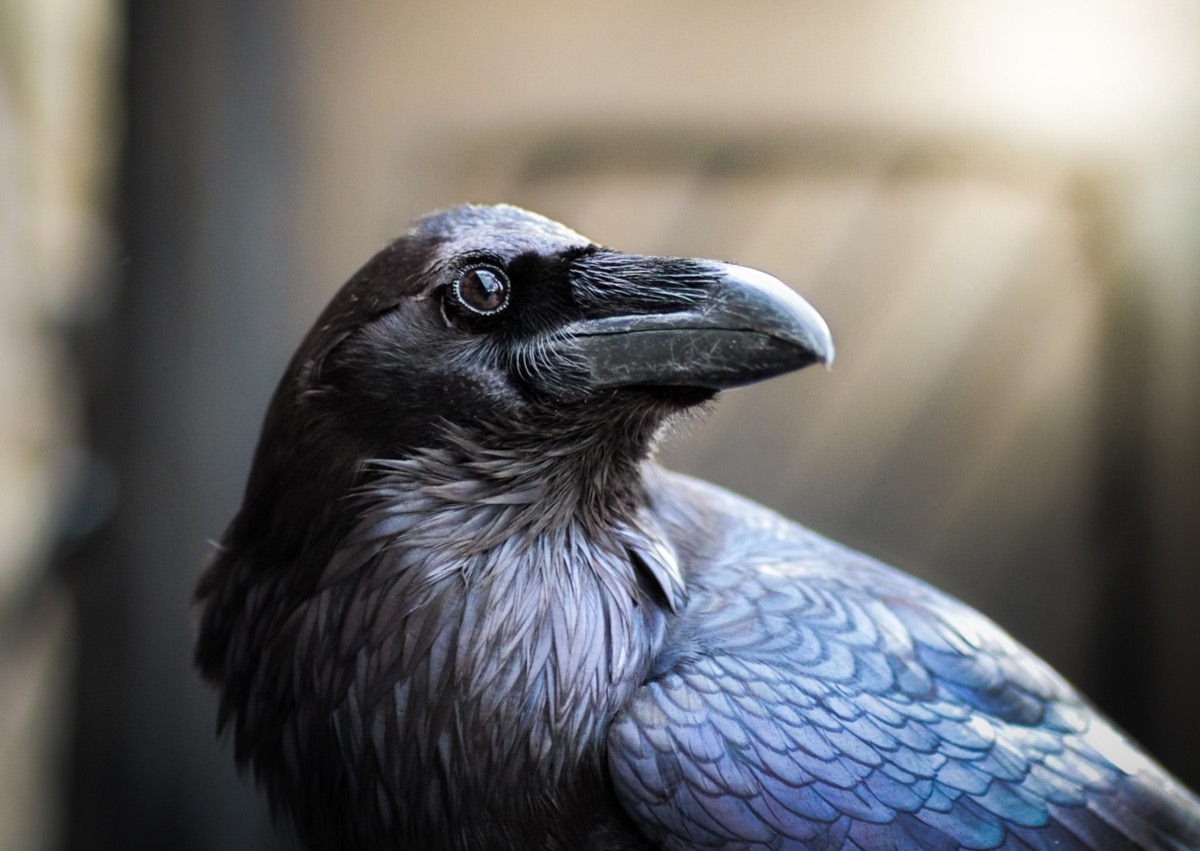
Alligators and crocodiles. Possums and opossums. Your animal confusion probably doesn’t stop there, especially if you think ravens and crows are the same thing. Like the others, these black birds come from the same family, so that makes them easy to confuse. You’ll find them both in North America, but there are some pretty distinctive aspects about the two. The experts at The National Audubon Society explain that ravens are typically larger and travel in pairs, while crows are smaller but travel in larger groups. And, in terms of sound, crows tend to caw and purr, while raven croak and scream.